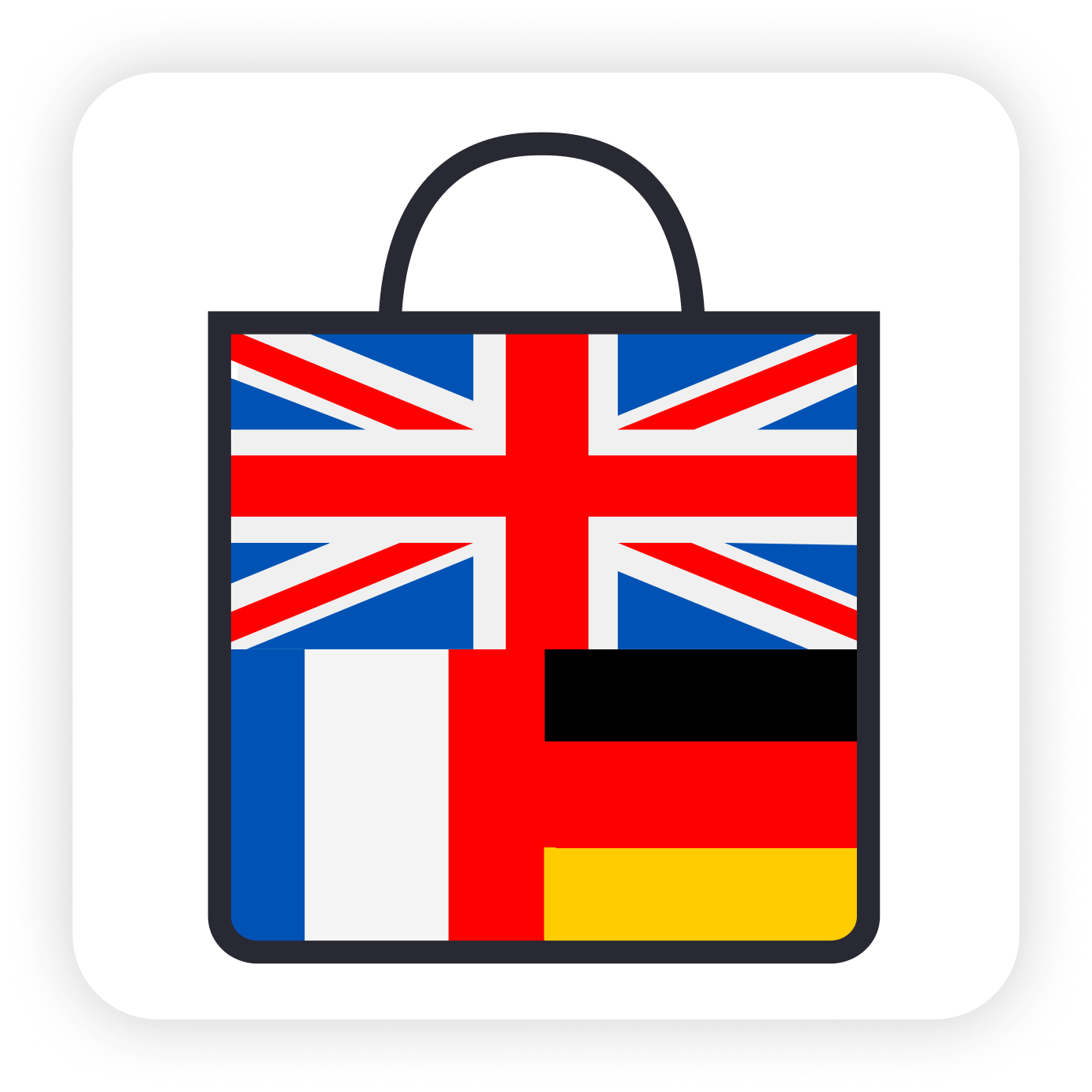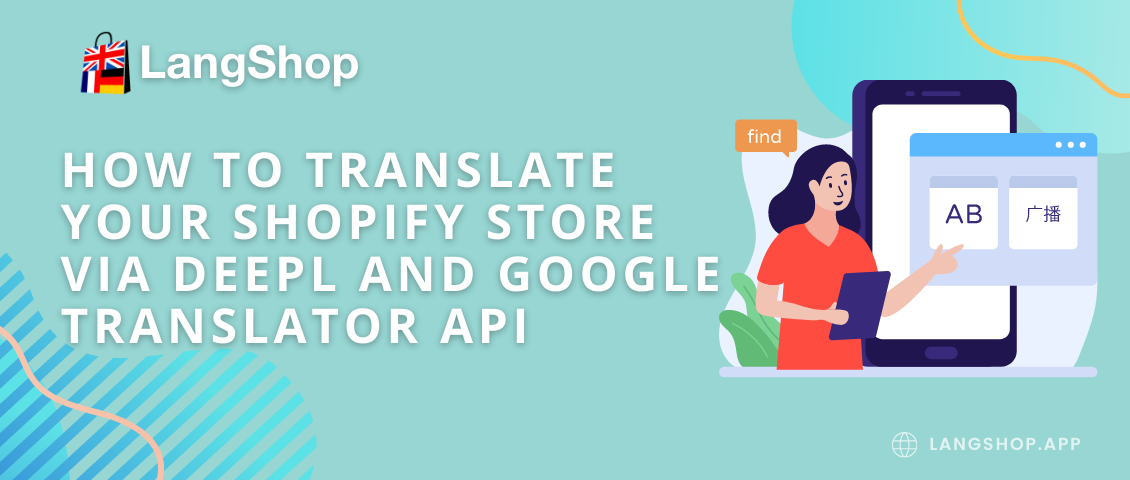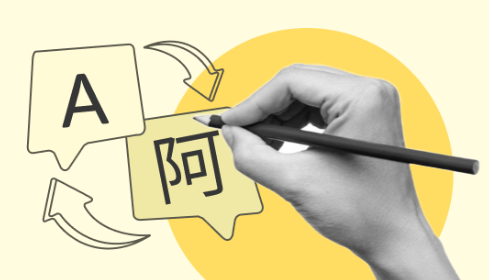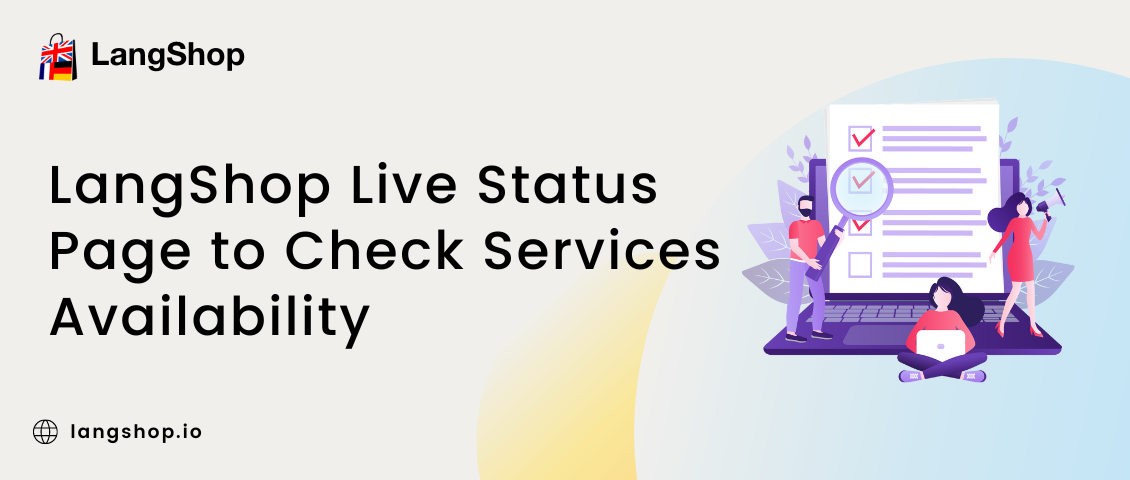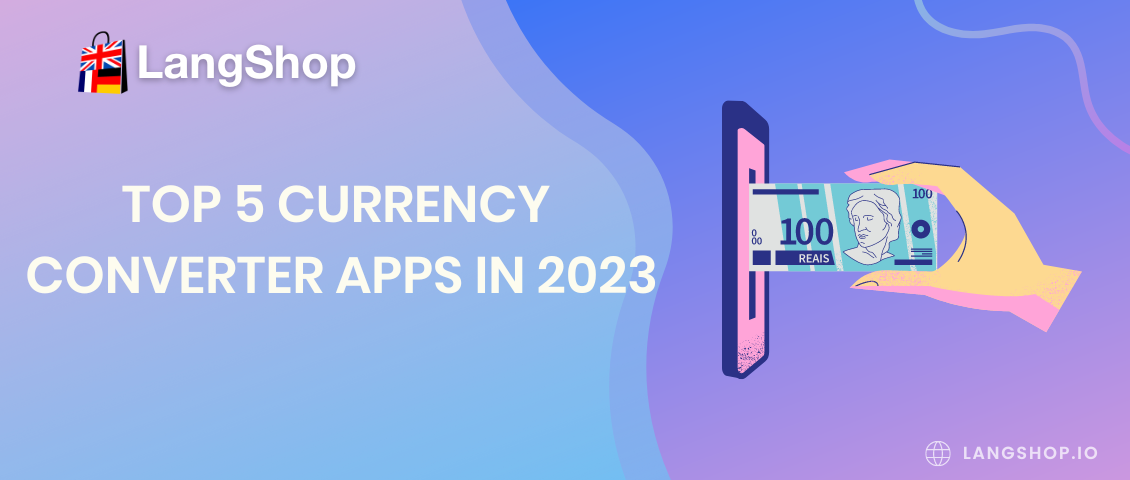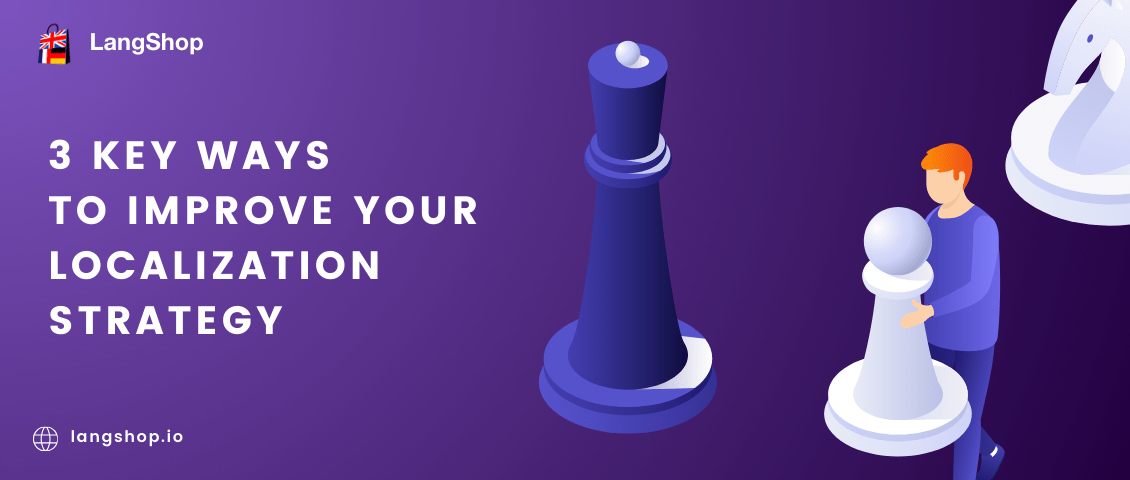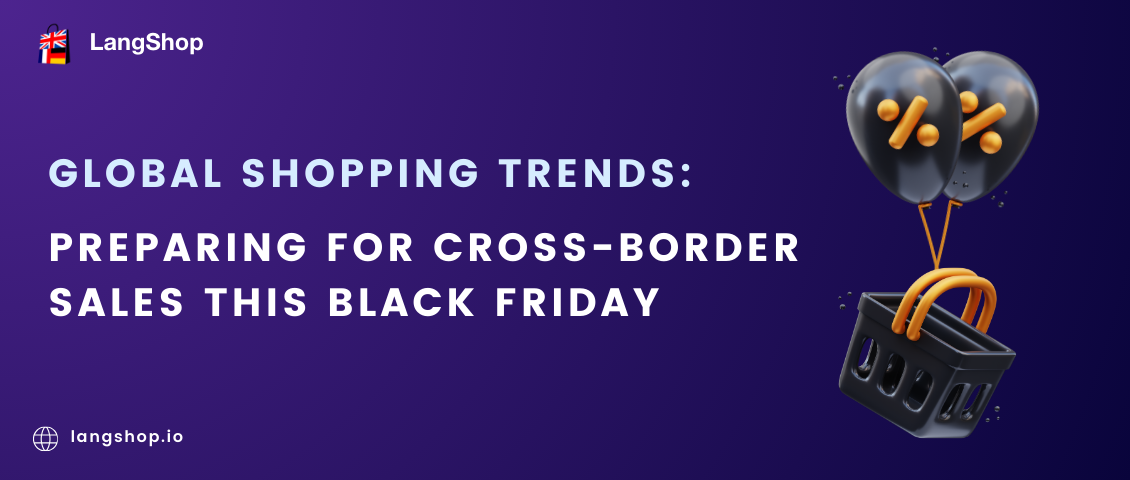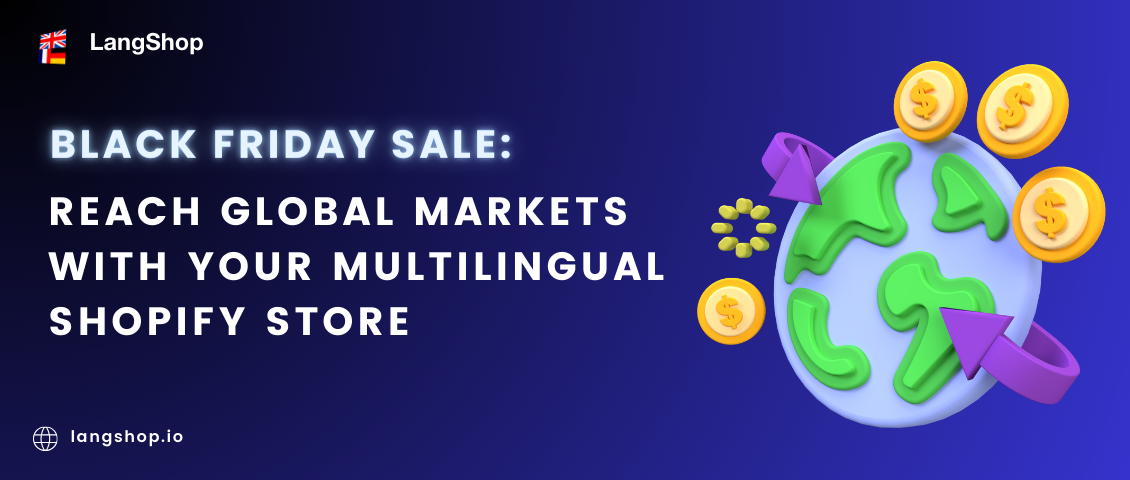When looking at translation methods offered by LangShop, our clients may wonder what the pro translation is: it’s definitely neither an agency (human) translation, nor automatic translation.
In reality, you must be more familiar with pro translation even than with translation agencies. You might have used it at school or college, when traveling to faraway countries or getting acquitted with a stranger-foreigner. Still not clear enough? Maybe the term Google Translate or DeepL Translator will help?
Yeah, pro translation is a process when the pro translation drivers, like Google or DeepL, translate your store content from one language to another without human involvement.
But don’t associate it with poor translation!
Contrariwise, with the time pro translation drivers have been developed and taught. So now, in comparison with other translation methods, it occupies the middle position in all parameters: it’s a quite fast, good quality, mid-priced translation method.
Pro translation doesn’t take much time, as it is performed by the software, the quality is not affected by different drivers usage (as in automatic translation) – you choose only one to perform the translation. Also the fact that contrary to standart translation drivers, pro translation ones are based on neural machine learning, which provides better translation results, should be taken into account. Besides, to enable translation, you’ll need a pro translation API key, which is available for the translation driver subscribers and, consequently, requires additional fees, but these expenses are nothing compared to agency translation ones.
So, for those who need a good and quick translation, pro translation is a perfect matchup. The only point to decide is what engine to use. Well, let’s figure it out together!
Google Translate
Google Translate is the world’s best known machine translation engine. It works on the basis of recurrent neural networks, a form of artificial intelligence which can be thought of as a replication of the nervous system of a human brain.

The original database for Google Translate drew heavily on Europarl Corpus, the translated texts from European Parliament documents. Additionally, it uses a huge number of different texts to teach the system to perform more accurate translations. When the recipient enters the word or phrase, Google Translate generates a translation proposal and searches for the patterns in hundreds of millions texts translated by human translators. After that it chooses the most appropriate one based on word combination.
Google Translate supports about 109 different languages and dialects. The engine can translate multiple forms of text and media, including static texts, speech, media, websites, etc. The website translation is performed via Google API, which is available for users with paid accounts on the Google Cloud Platform.
DeepL Translator
Released in 2017, DeepL claimed to steal Google’s limelight. Same as Google, DeepL uses neural networks for translation. However, you shouldn’t think the drivers are the same. Unlike Google, DeepL Translator uses convolutional neural networks, which are applied to analyze images. It helps DeepL to translate long text better, especially for European language pairs.
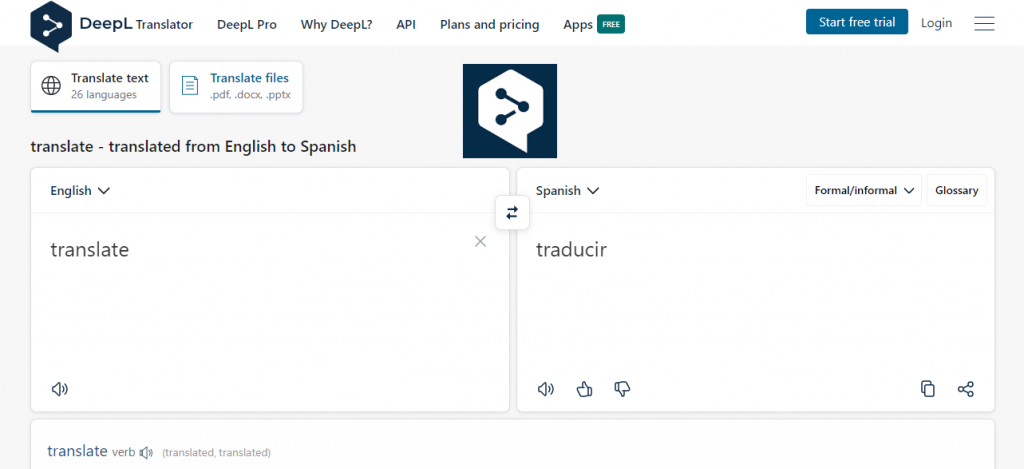
Based on Linguee, an online dictionary, DeepL has developed its own way of translating texts, which contributes a lot in its fast growth and amazing translation results.
DeepL Translator supports 26 languages and dialects, mostly the European ones. DeepL can translate texts, documents and even a website via API, accessible with paid DeepL Pro subscription.
DeepL vs. Google Translate
When choosing a pro translation driver for your online store, you should take into account its language diversity, translation quality, the security of the translated content and pricing. Let’s compare the engines on these parameters together!
Language diversity
As mentioned above, Google has an impressive number of supported languages and beats DeepL in this category. However, we should mention that though it supports 109 languages, it doesn’t mean it translates all language pairs. Still the supported language pairs reach the number of hundreds of thousands language pairs.
So if you want to translate your Shopify store into Africaans or Zulu, Google Translate is exactly what you need.
Translation quality
It’s hard to give a single conclusion on which engine provides more accurate translation, as it differs depending on the language pair. However, multiple researches admit DeepL translations to be better, especially for European language pairs.
Thus, in 2018 a Canadian linguist ran a research setting potentially challenging French-language sets to estimate the accuracy of translation. The result showed that DeepL Translate showed better translation of idioms, general questions and negative sentences. The researcher claimed that DeepL creates more natural-sounding translations, and copes better with slang and idioms.
Translation security
Most sources agree that DeepL provides better data security: it meets EU data protection regulations and provides end-to-end encryption when transferring the data. Google, in their turn, claims that the content sent via API will not become available to the public and is not shared with third parties.
Pricing
As the API key is available only for certain plans users, let’s compare these plans. Google fees depend on required features and the number of characters used and start from $10 per month. DeepL offers an unlimited number of characters translated and offers its services starting from $22.99 per month.
Now with all this information you can make a data-driven decision of which pro translation driver suits your business needs better.
How to translate a website via pro translation drivers in LangShop
To translate your Shopify store with Google, you’ll need an API key. For it, from Google Cloud Platform create a New Project. Go to API & Services and click Enable API & Services. Find Cloud Translation API in API Library and click Enable.

Then go to API & Services > Credentials > Create Credentials. Here you’ll find an API Key automatically generated for LangShop.

Copy the API key and return to LangShop admin. Open Settings > Translation drivers > Google Translation, paste the API key and save configuration.

Now, when the LangShop system has access to Google Translate, you can start translating. To do this, go to Translations > Products, choose the items you want to translate > More actions > Pro Translation. In the open window choose Google Translation driver, the languages you want to translate to and click Translate.
This way you can also translate other content on your store.
DeepL
If you choose DeepL to translate your store, you’ll also need an API key. For it, from the DeepL Pro account find the Authentication Key for DeepL API in the Summary tab and copy it.

Then return to LangShop admin, go to Settings > Translation Drivers > DeepL Pro and paste an API key there. LangShop will remember it and allow you to translate store content via DeepL Translator without exhausting manual copy-pasting.
Conclusion
Nowadays to translate your Shopify store, you don’t need much time and money. All you need is LangShop, the best translation app on Shopify. Expand your markets and localize your website content effortlessly with our multifunctional app!
Learn more about LangShop translation methods and other useful features in our blog.
